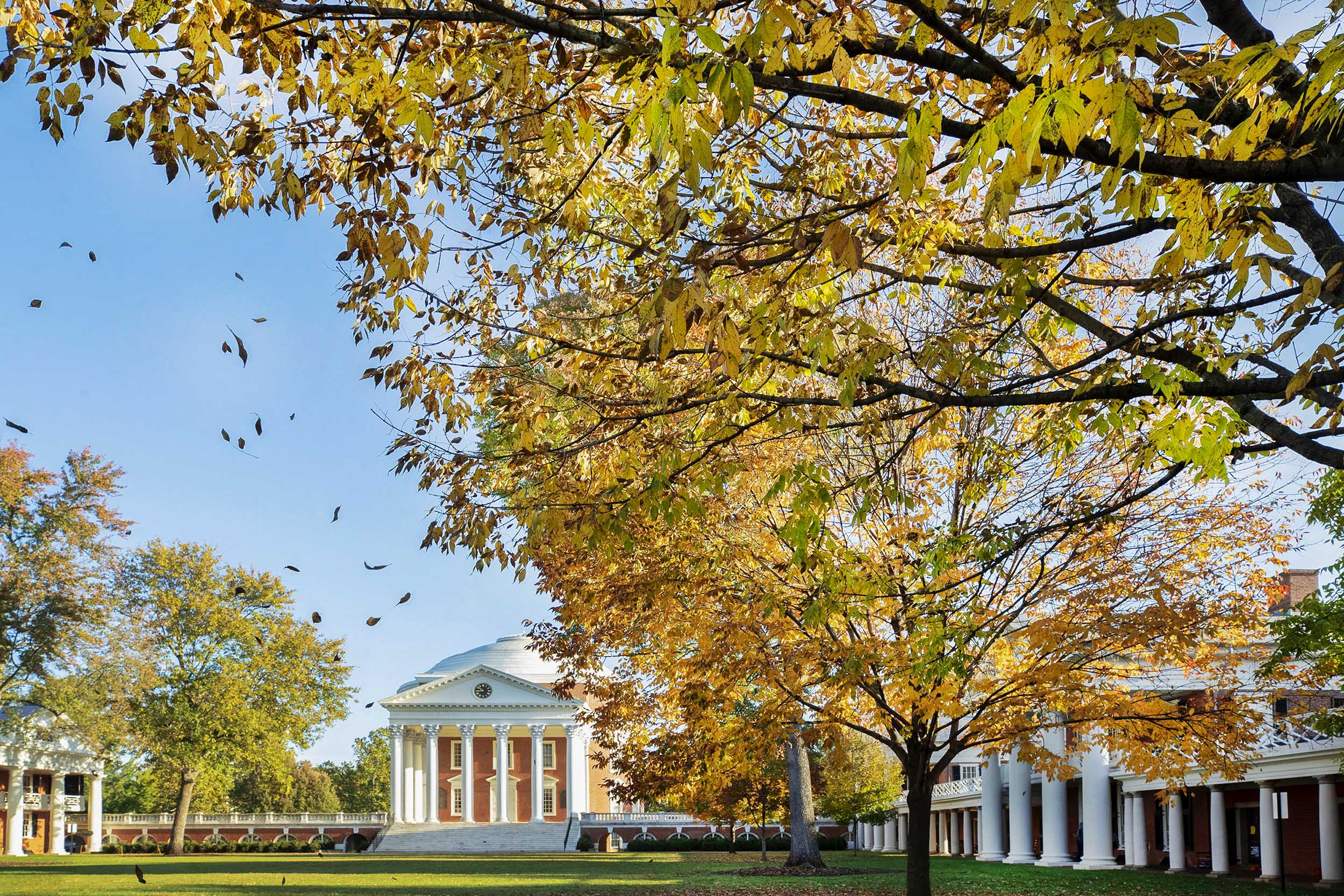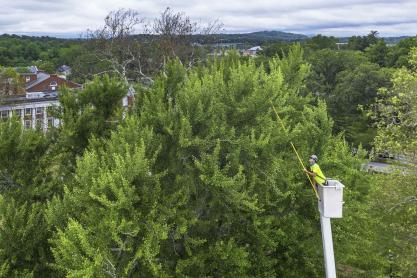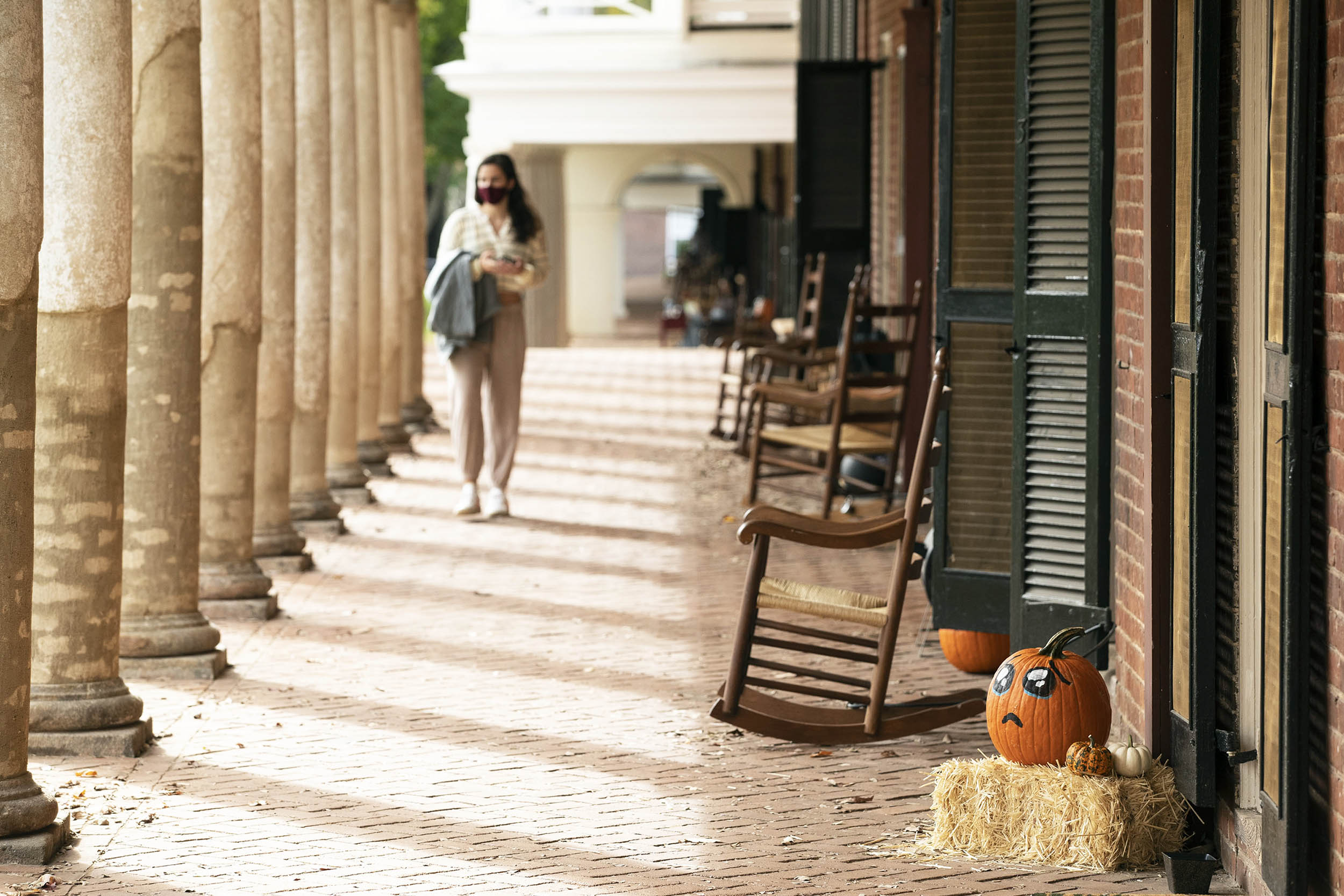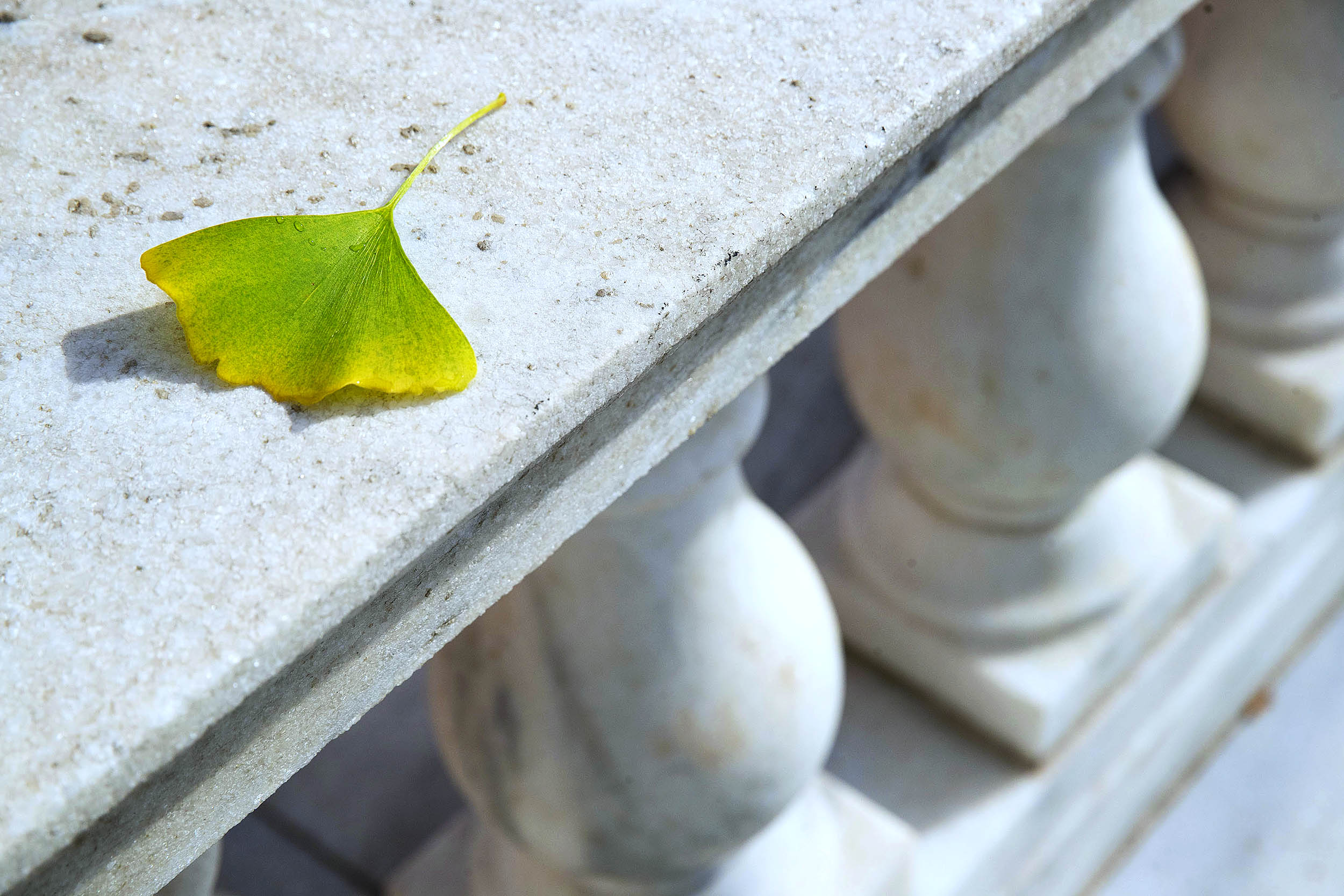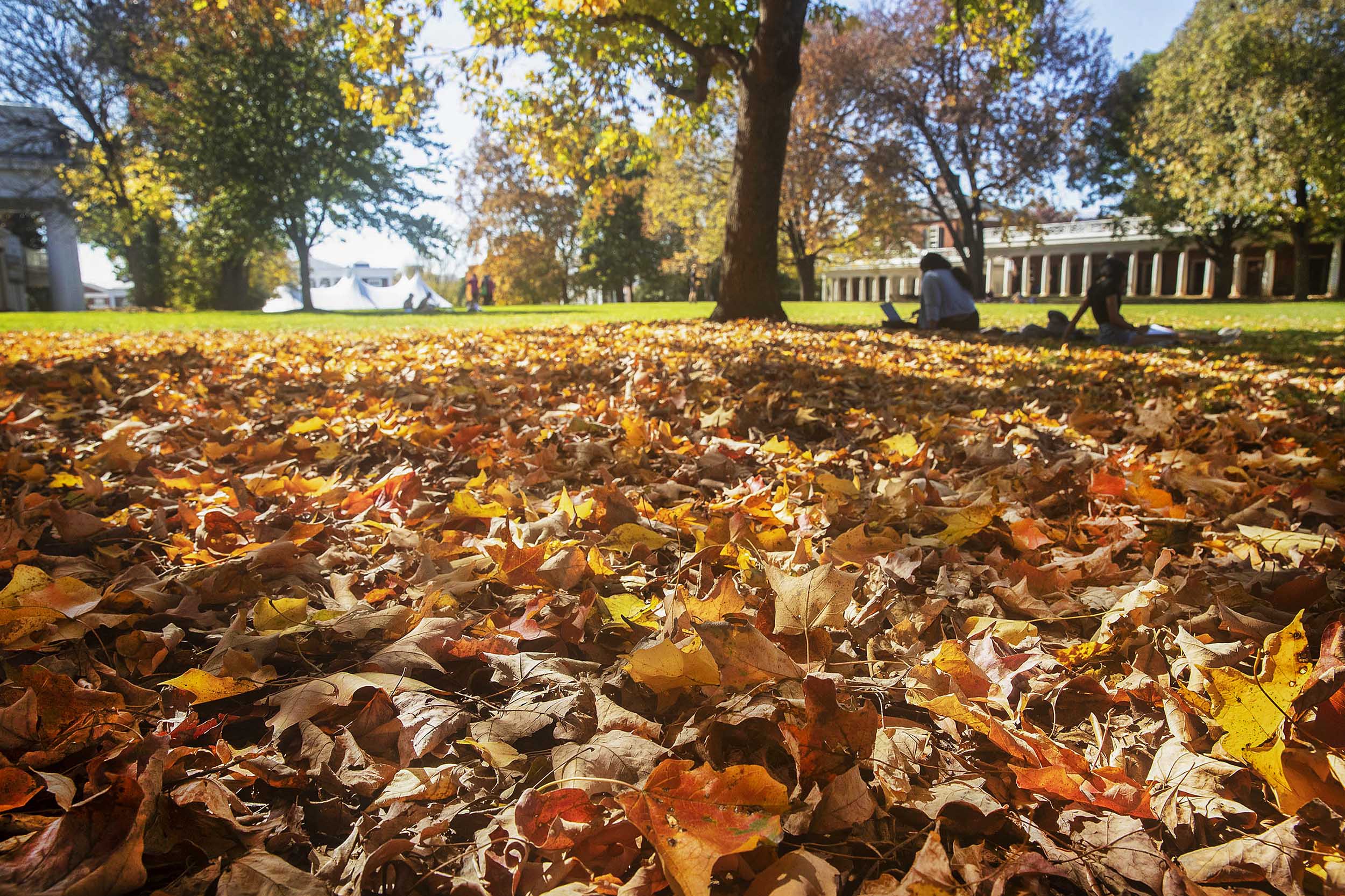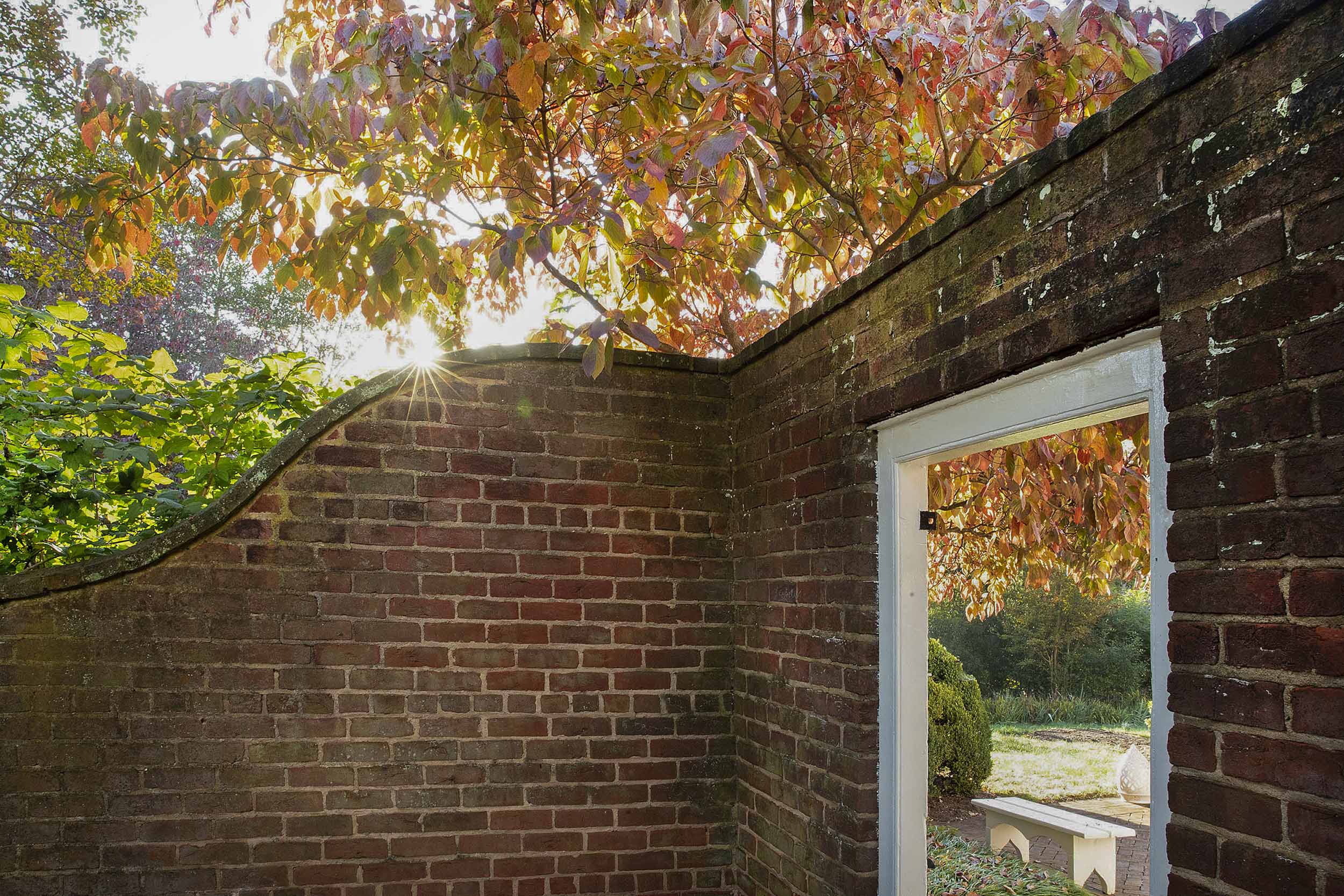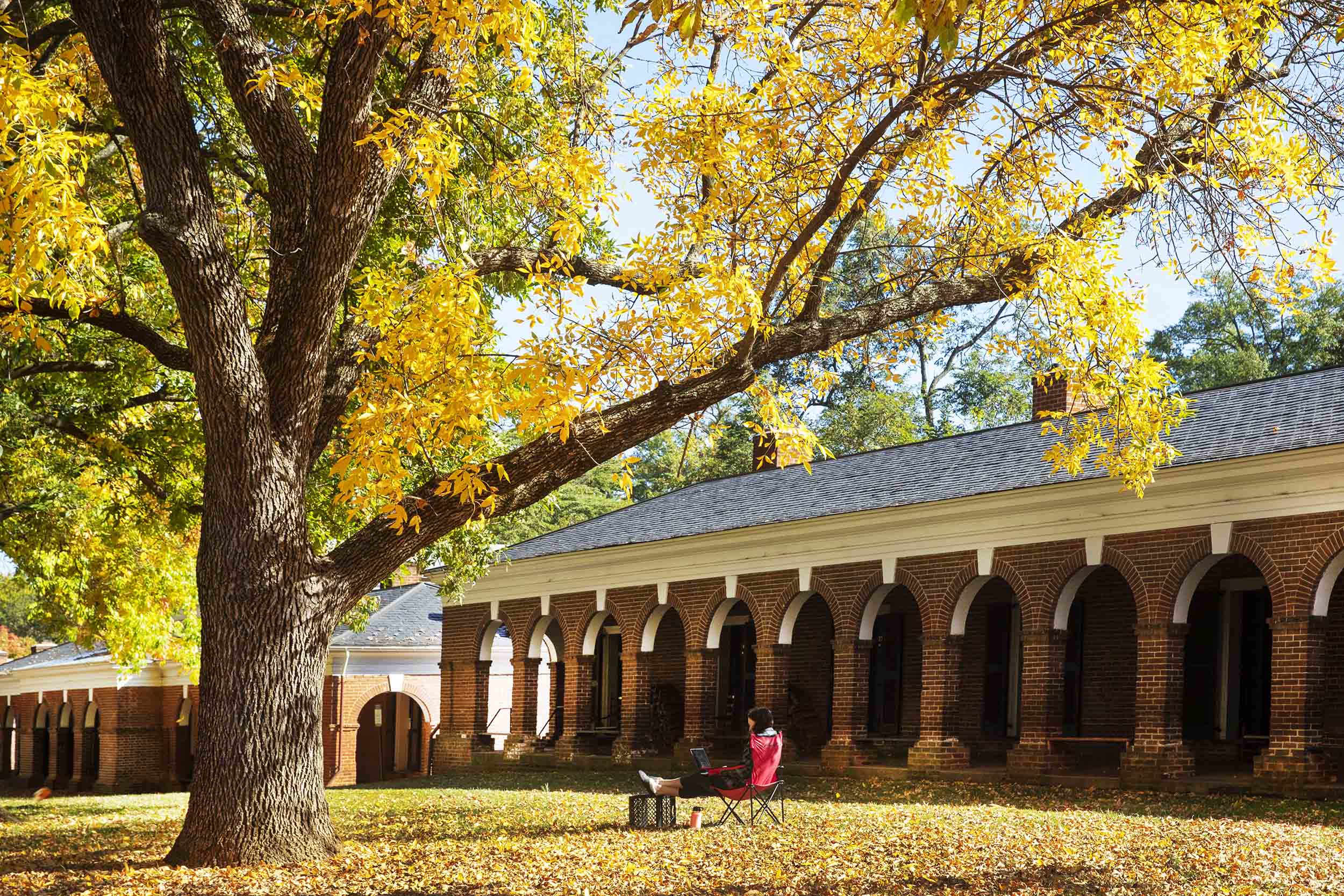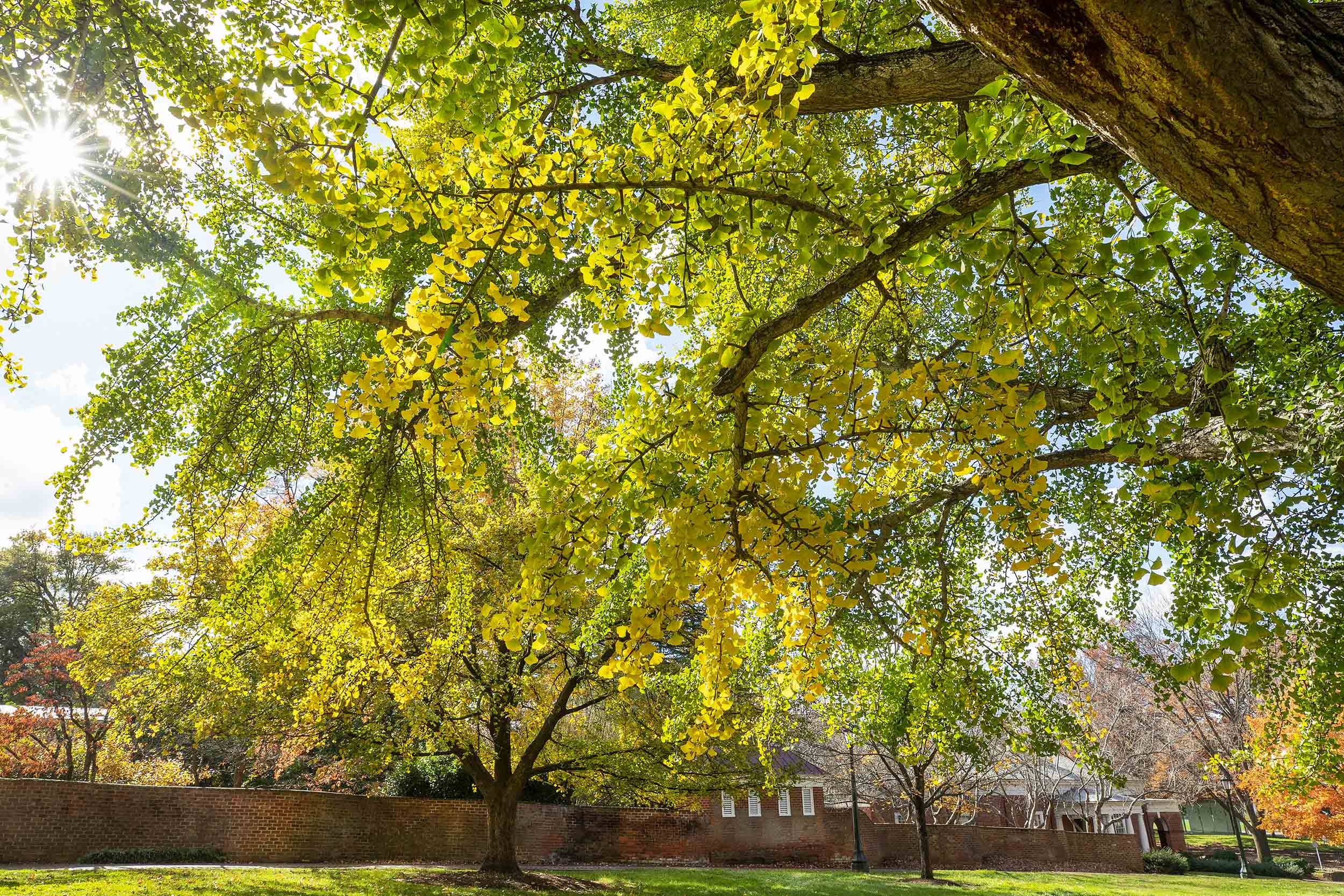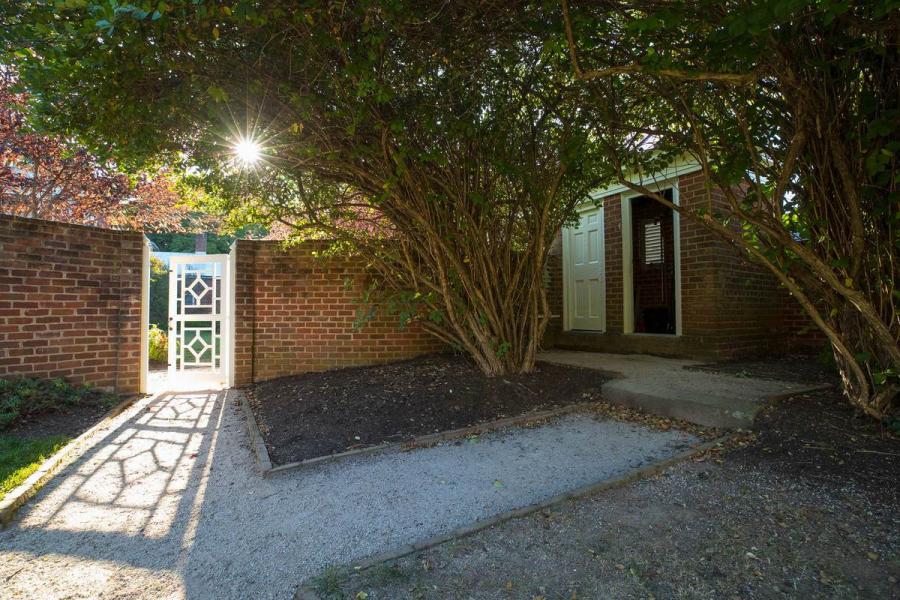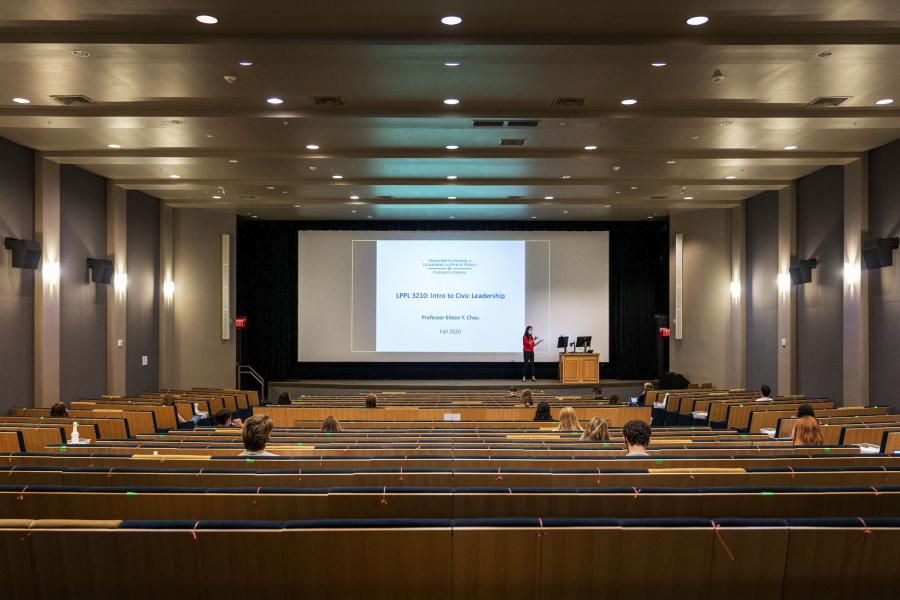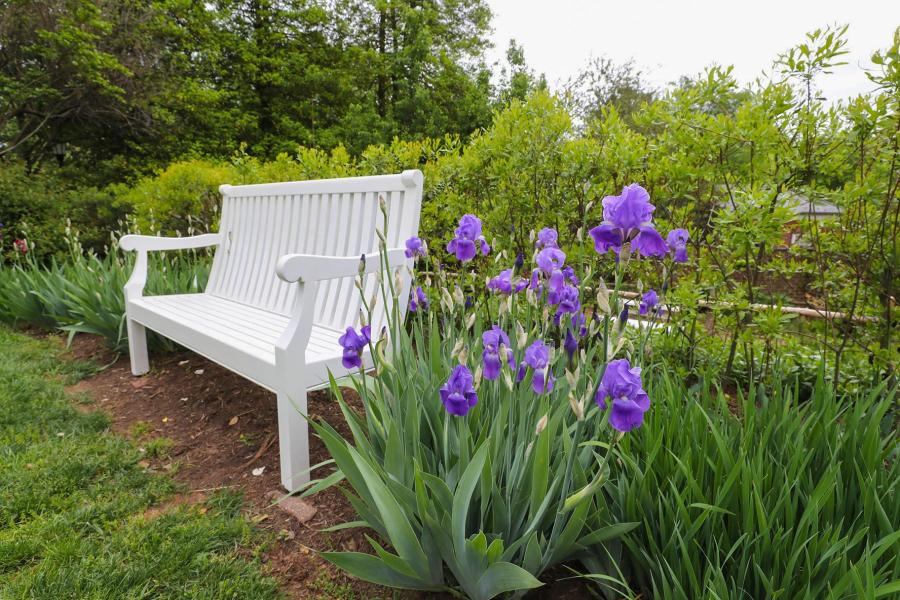Photographs are a flash in time, ephemera, small bits of history once captured on film and now encoded in ones and zeros. They hold instances of events, time and emotion, preserved for future generations to study and contemplate.
Photographer Dan Addison has been capturing the history of the University of Virginia for the past 15 years, preserving minor and significant moments. And with his intimate relationship with the University, he has developed a special appreciation and an understanding of its sense of place. He has captured this sense in a series of autumnal images around Grounds.
“I see the historic bones of the architecture, the gardens and the students who are there appreciating those things,” he said.
And not just the architectural bones; he also sees the subtle changes brought about by the migration of seasons and time.
“As the seasons change, the whole view is different and as I recognize those changes, I try to find ways to capture that,” he said. “I have noted the areas of Grounds where fall colors first appear, I visit those locations to get a feel for where we are in the transition. Even though there is a lot of consistency each year, there are also many nuances that seem unique, and I make the effort to notice and capture them.”
Addison knows the general public has a casual familiarity with the iconic Rotunda and the Lawn.
